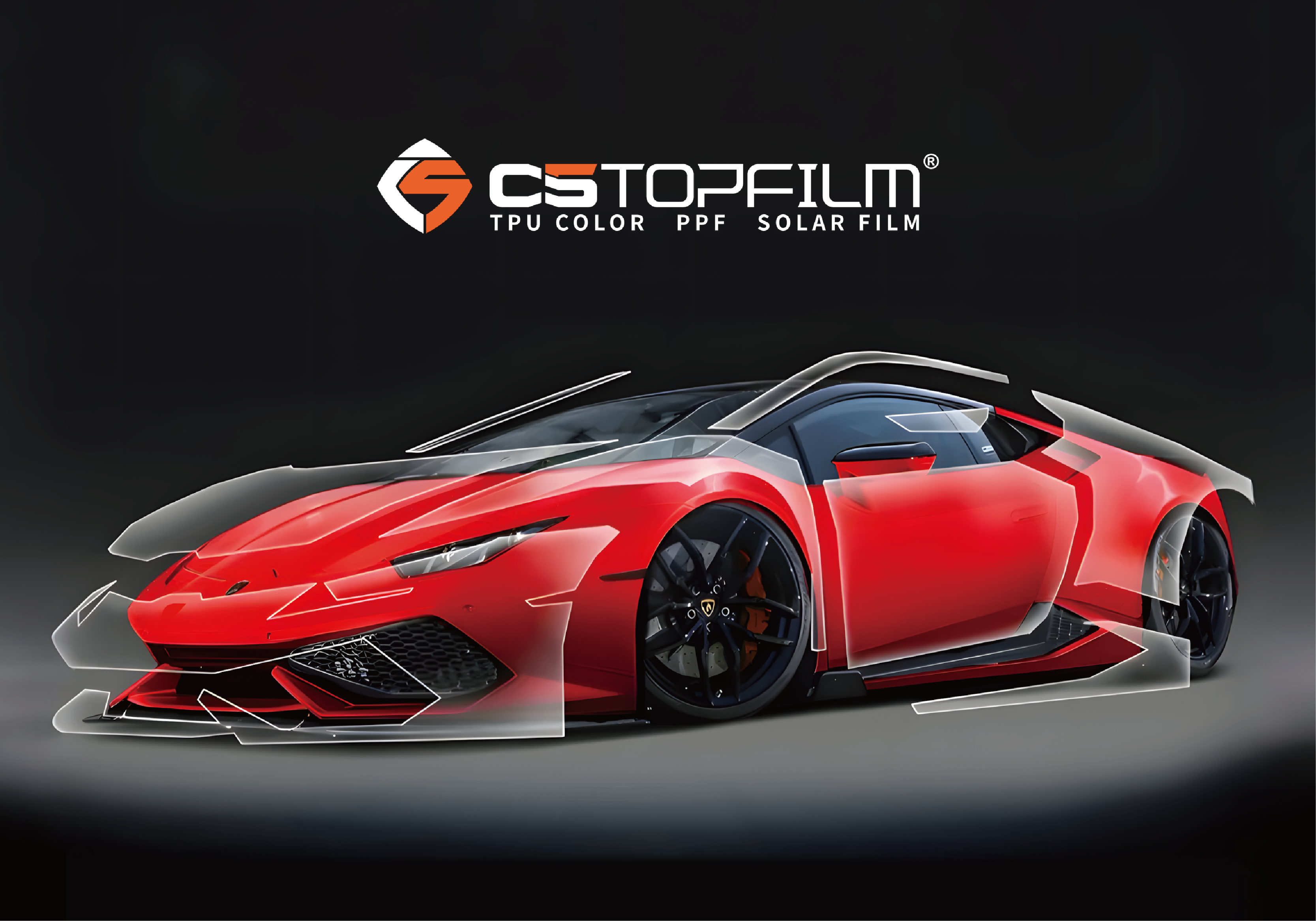Email format error
Email cannot be empty
Email already exists
6-20 characters(letters plus numbers only)
The password is inconsistent
Email format error
Email cannot be empty
Email does not exist
6-20 characters(letters plus numbers only)
The password is inconsistent


Comprehensive Guide to Car Film Selection: Unveiling the Mysteries of Car Films
When you're driving your beloved car through streets or speeding along highways, have you ever wondered that the thin layer of car film on the windows actually holds a wealth of knowledge? Car films, also known as window films or sun films, are far more than just a colored layer on the windows. They are essential companions that safeguard the driving experience and enhance traffic safety. Today, let's take an in-depth look at the world of car films and uncover their secrets.
The Core Functions of Car Films: Beyond Sun Protection
Car films have a diverse range of functions, each closely related to our driving experience. Firstly, in terms of heat insulation and sun protection, high-quality car films can effectively block a large amount of solar heat and ultraviolet (UV) rays. You can imagine, on a summer day, the temperature inside a car without solar film can soar to 50 or 60 degrees Celsius. However, for a vehicle with high-performance heat-insulating film, the interior temperature can be reduced by 10 - 15 degrees Celsius. This not only saves you from the scorching heat but also reduces the frequency of air conditioning use, saving fuel consumption. Meanwhile, the blockage of UV rays can protect the skin health of passengers inside the car, preventing sunburn and suntan. It can also delay the aging of interior decorations, preventing the dashboard, seats, and other items from fading and cracking due to UV exposure.
Safety and explosion protection are also crucial functions of car films. When a vehicle encounters accidental collisions or external impacts, ordinary glass is prone to shattering into sharp fragments, causing secondary injuries to passengers inside. But with explosion-proof film applied, when the glass breaks, the film will firmly hold the fragments together, forming obtuse particles and reducing the risk of splashing injuries, providing additional safety protection for those inside the car. In addition, car films can also serve the purpose of privacy protection. People outside the car can't clearly see the situation inside, which not only protects privacy but also prevents valuables from being targeted by criminals.
Classification of Car Films: Each with Its Own Merits
According to different manufacturing processes and characteristics, car films are mainly divided into dyed films, metallic films, ceramic films, and magnetron sputtering films. Dyed films are a more basic type, achieving heat insulation and light shading effects by adding pigments to the film. They are relatively low in price, but their heat insulation performance is limited, and they are prone to fading. After a period of use, the color may become lighter and uneven.
Metallic films incorporate metal coatings in the film layer, with common metal elements such as aluminum, nickel, and titanium. These metal coatings endow metallic films with excellent heat insulation performance and reflective effects, effectively reflecting solar heat. However, the metal components in metallic films may interfere with the signals of in-vehicle electronic devices, such as GPS navigation and mobile phone signals.
Ceramic films adopt nano-ceramic technology and do not contain metal components, so they will not interfere with electronic device signals. They have excellent heat insulation performance, as well as good light transmittance and low reflectivity characteristics, providing a clear visual effect. Long-time driving with ceramic films is less likely to cause visual fatigue. At the same time, ceramic films have high chemical stability, are not easily oxidized, and have a relatively long service life.
Magnetron sputtering films are currently high-end products among car films. Through the magnetron sputtering technology, multiple layers of precious metals are evenly sputtered onto the film base material. This process gives magnetron sputtering films excellent heat insulation, light transmittance, and UV blocking performance, as well as good wear resistance and oxidation resistance. They can achieve efficient heat insulation while ensuring high clarity, but the price is relatively high.
Advantages and Disadvantages of Different Car Film Materials
|
Film Type |
Advantages |
Disadvantages |
|
Dyed Films |
Inexpensive, easy to install |
Poor heat insulation, prone to fading, short service life |
|
Metallic Films |
Good heat insulation, strong reflective effect |
May interfere with electronic device signals, reflective effect may affect driving safety |
|
Ceramic Films |
No signal interference, good heat insulation, clear light transmittance, long service life |
High price |
|
Magnetron Sputtering Films |
Excellent performance, outstanding overall performance |
Expensive |
Car Film Selection Guide: Tips to Avoid Pitfalls
When choosing car films, don't just focus on the price; pay more attention to product quality and performance. Firstly, check the product brand and certification marks. Well-known brands usually have better guarantees in terms of production processes, quality control, and after-sales service. Brands like 3M and V-KOOL, for example, enjoy a good reputation in the market. At the same time, formal car film products should have relevant certifications, which needs to satisfy the standards.
Secondly, pay attention to the film parameters, including visible light transmittance, total solar energy rejection, and UV rejection rate. Visible light transmittance determines the clarity of the view from inside the car to the outside. For front windshield films, the visible light transmittance should generally be greater than 65% to ensure driving safety. The total solar energy rejection reflects the heat insulation performance of the film; the higher the value, the better the heat insulation effect. The UV rejection rate should usually reach over 99% to effectively protect the skin and interior decorations.
In addition, it is recommended to choose professional installation shops. The installation process of car films has a significant impact on the final effect. Unprofessional installation may lead to problems such as bubbles and scratches in the film, affecting both the aesthetics and the user experience. Before installation, confirm the warranty and after-sales service with the merchant to ensure that any problems during use can be resolved in a timely manner.
Daily Maintenance of Car Films: Extending Service Life
After applying car films, daily maintenance is also crucial. Within the first week after film application, avoid rolling up and down the windows, as at this time, the film has not fully adhered to the glass, and window operation may cause the film to shift or form bubbles. When cleaning the windows regularly, gently wipe them with a soft damp cloth or a specialized cleaner. Avoid using rough rags or cleaners containing corrosive ingredients to prevent damage to the film surface. If there are stains on the film surface, do not scrape them with sharp objects; instead, gently press and wipe with a clean damp cloth.
Car films may seem ordinary, but they actually embody a great deal of technology and knowledge. From functions to types, from selection to maintenance, every aspect is related to our driving experience and safety. We hope this article can help you gain a more comprehensive understanding.

